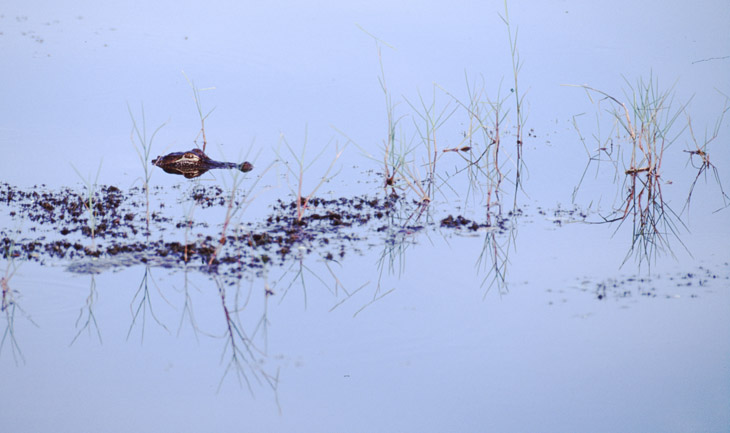
Okay. So. The plan, which we’d had for close to a year, was to spend this past week down on Jekyll Island, Georgia, and we’d chosen this time to maximize the chances of seeing a sea turtle nest hatching out, because this is the season. So we watched the predictions for Hurricane Irma with some misgivings, obviously. We were supposed to drive down Saturday September 9th, but by the previous Thursday, we were sure it wasn’t going to happen; landfall in south Florida would occur early Sunday morning, and even if Jekyll Island somehow avoided anything serious in terms of weather, the mass migration out of Florida meant that gas, at least, could be very difficult to find. But soon afterward, Jekyll Island was evacuated and closed anyway.
The Girlfriend, as she herself put it, was following the old saw: when life gives you lemons, make lemonade, and so she was finding various things for us to do around here since the three of us (her, her daughter, and I) had all long ago scheduled the week off. On the other hand, I’m stoic but still grumpy, and I was more inclined to hurl lemons at other people just for the hell of it.
[I am well aware that a lot of people had, and still have, things a hell of a lot tougher than I do because of this storm, and am not minimizing their problems at all in favor of our trashed plans. And there’s no way that this isn’t going to sound petty in comparison, but this was a major trip for us, another opportunity to lay in some serious shooting and relaxation before the winter dead season hit, and I was pretty depressed about losing it, not at all helped by the lower temperatures, overcast sky, and constant drizzle that seemed to indicate that autumn was already upon us. Yeah, yeah, bitch and moan, I know, but it’s a blog, and I’m not taking photos of my food, so…]
After a couple of days when the hurricane had passed and was no longer a threat, we decided to do a brief trip to the closest beach to us, which is the Wilmington area and Wrightsville Beach. This is far from our first choice, because Wilmington is one of NC’s bigger cities and even the beaches tend to be overdeveloped and crowded, but at least we were getting out. From a photography standpoint, this wasn’t terribly productive, largely because of the issues that I’ve gone over here, but it produced a lot more than simply staying around home.
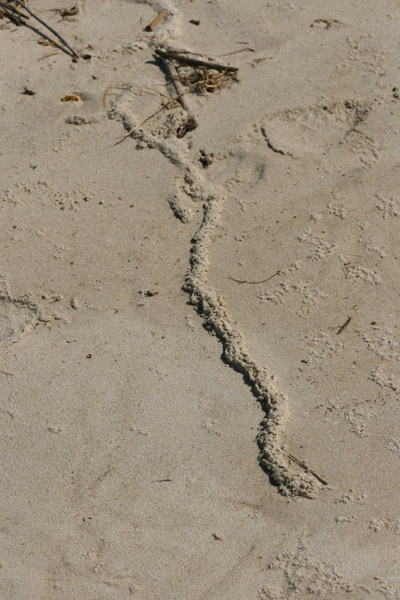 The one goal that I had firmly in mind was a crab hunt. On a previous trip many years ago down at the end of the strand at Fort Fisher, we had come across numerous hermit crabs, and I wanted to tackle them with more time and effort. However, timing was an issue, and we didn’t got out early enough in the morning when we were heading down there; when we did arrive, it was with just enough time to catch the ferry over to Southport, so I left the hunt for later.
The one goal that I had firmly in mind was a crab hunt. On a previous trip many years ago down at the end of the strand at Fort Fisher, we had come across numerous hermit crabs, and I wanted to tackle them with more time and effort. However, timing was an issue, and we didn’t got out early enough in the morning when we were heading down there; when we did arrive, it was with just enough time to catch the ferry over to Southport, so I left the hunt for later.
Southport itself wasn’t too conducive to my kind of pics, but I did split away from the ladies to scour the waterline while they checked out a museum nearby. Eventually, I unearthed a couple of crab species and a sweet LED flashlight that had obviously washed ashore, still working fine. I did a few initial pics of the crabs in the open hatch of the car, because I’d brought the macro aquarium along, but I also hung onto the critters to do a more dedicated shooting session back in the motel room that evening.
When we returned to Fort Fisher, I got out for a brief exploration in the same marsh areas where I’d found the crabs, but it was now mid-afternoon and activity was typically scarce. I saw a select expanse of sand that bore the traits of fiddler crab feeding, the little pellets of loosely-packed sand that they leave behind, and a curious burrow through the sand, typical of moles though I never thought moles would have the slightest interest in a brackish marsh, so I’m inclined to think it was from something else. I did, however, locate a couple of hermit crabs and did a few quick portrait sessions, but between the conditions of the day and the fact that the ladies were waiting back at the parking area, I kept it brief.
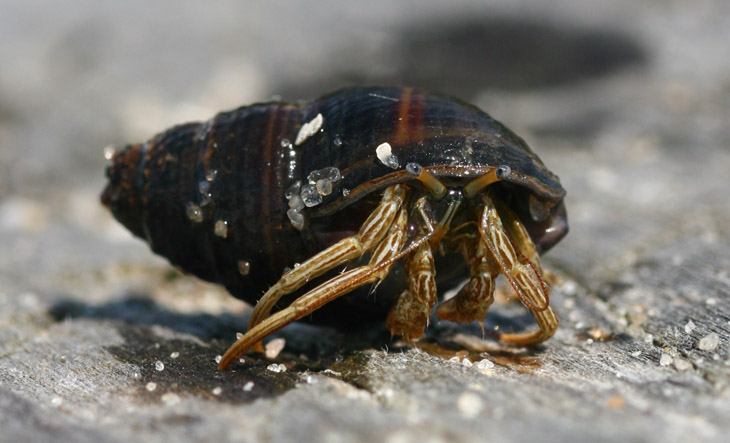
It’s funny, the different ‘personalities’ one runs across in wildlife, not just between species but among members of the same species. The larger one that I found was exceedingly shy, and I had to wait a short while for it to emerge, only to send it immediately back into its shell for an extended period when I made an incautious move. I heard someone approaching on the paths while I was in my typically awkward position waiting for the re-emergence, and whether they saw me lying sideways across a driftwood trunk, motionless, camera pressed to eye, I can’t say, but I imagine the scene was rather curious. But getting back to personalities, the crab seen here, half the size of the shy one, wasn’t even inclined to remain in its shell while it was in my hand, and didn’t wait for me to get into position after I placed it on the trunk in good light and angle to photograph it venturing out. Behavior is in many ways shaped by experience, and the larger one might have only been as big as it was because of its shyness, a lesson that this one had yet to learn. Or it could be simply genetic variation. Or the need for a restroom.

In the same region, patches of snails could be found, clumps of them appearing in certain areas but not in others that appeared identical, and what the difference was I cannot say (I have been forbidden by The Elders.) What I will say is that the hermit crab above is probably sporting a shell from the same species, despite the outward difference in appearance, since the living snails are usually coated with an algae or fine weed that dulls their appearance and helps them to blend in. Though how much this helps, when they’re obvious clumps on thin reeds, I can’t fathom.
But there were plenty of them.

Seagulls aren’t among my first choice of birds to be chasing on the beach – I have way too many images of them, really, and so does everyone else. But I’ll still take the opportunity for a fartistic shot when it’s available.
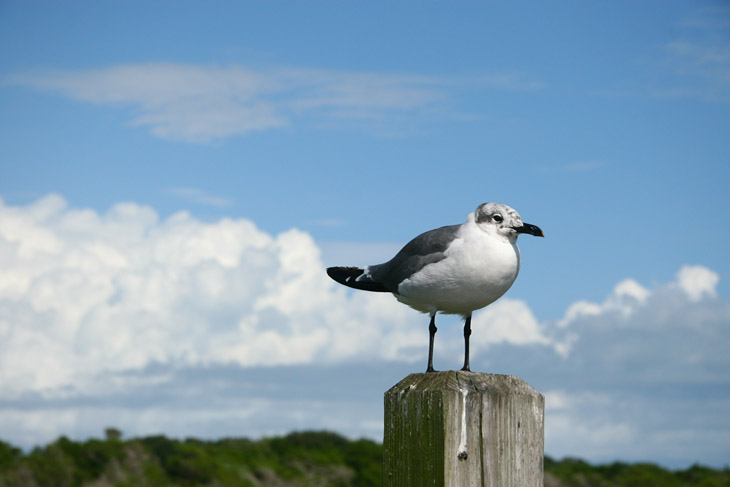
I’m fairly certain this is a laughing gull (Leucophaeus atricilla) in winter plumage; in summer, their heads are black. They are easily the most numerous birds on the NC coast, and pretty raucous – their name is taken from the derisive sound of their calls, the mean kids on the playground.
I’ll take a second to point out something. Most times, the composition ‘rule’ is to leave space in the frame ahead of your subject, in the direction that they facing or moving – in this case I should have aimed to put the gull at the left side of the frame. Or so it says, and for many cases it works. But the clouds were an important aspect of the scene, and I wanted a certain portion of their shapes to be evident, and accenting the bird in position. As I look at it now, I kinda wish that I had shifted slightly more, getting the top edge of the clouds to fall under the body and tail of the gull, with the legs falling into that dip just visible between them. Maybe I can rush back there…

I was pleased to spot an American white ibis (Eudocimus albus) right next to the gulls – they’re much more common in Florida. No, they’re not misnamed, nor is this one especially dirty; the juveniles are brown, to blend into the marshes where they nest, and only in adulthood do they develop the nearly completely white coloration (their wingtips are black, which makes them easy to tell apart in flight.) I got just close enough to this one that you can distinguish their blue eyes.
One type of bird that I am still seeking images of are the pelicans, and they’ve been pretty scarce on my last few beach trips. A flight of three passed immediately overhead on the ferry ride, when I was unprepared, but otherwise they were maintaining a distance every time I saw them. Save for this one.
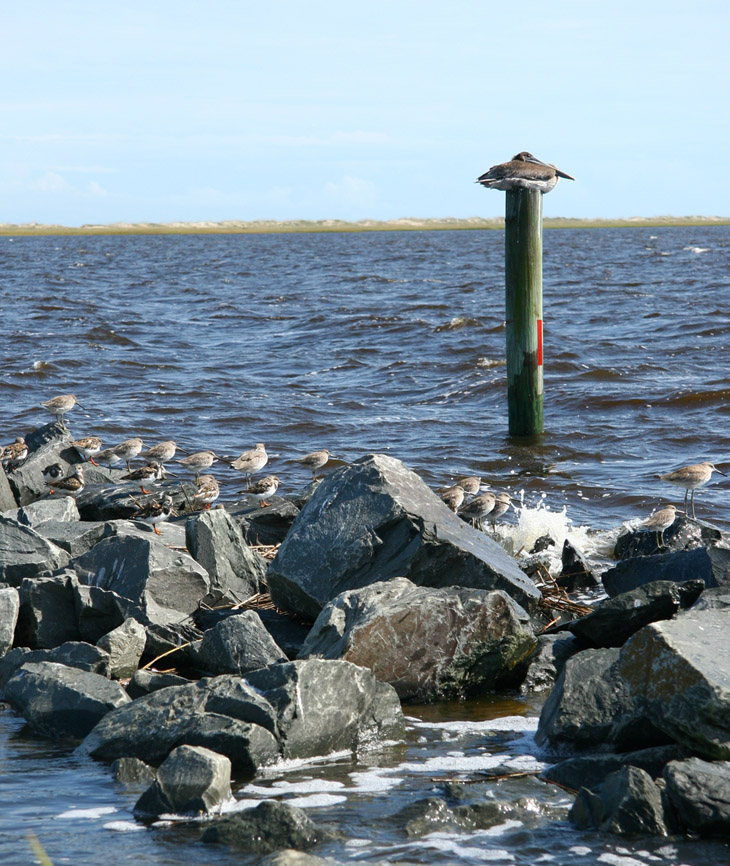
The brown pelican (Pelecanus occidentalis) on the pole wasn’t inclined to give me any other poses – it was difficult enough just to get this light angle, since solid land was some ways behind it off to frame left, and I was venturing out on the slightly submerged retaining wall alongside a boat ramp just to get this far (the same wall, in fact, seen under the ibis, just further along as it disappeared into the water.) Among the smaller birds on the rocks, the darker ones mostly to the left are ruddy turnstones (Arenaria interpres,) I’m almost positive anyway, while the paler ones remain unidentified – too many species with similar appearance, not enough detail to distinguish them. By the way, my normal standing position put the pelican about even with the horizon, so I had to crouch slightly to place it against the sky in this way. It’s funny – you don’t think it would be hard to maintain a partial knee bend for a short while until you try it, and realize that your muscles aren’t accustomed to such things. I would easily believe it’s just me, but some of my students can’t hack it either. But go ahead – show off, prove me wrong.
Back at the motel in the evening, I did a more extended session with the crabs and aquarium, sequestered once again in the bathroom so the repeated flashes wouldn’t bother anyone.
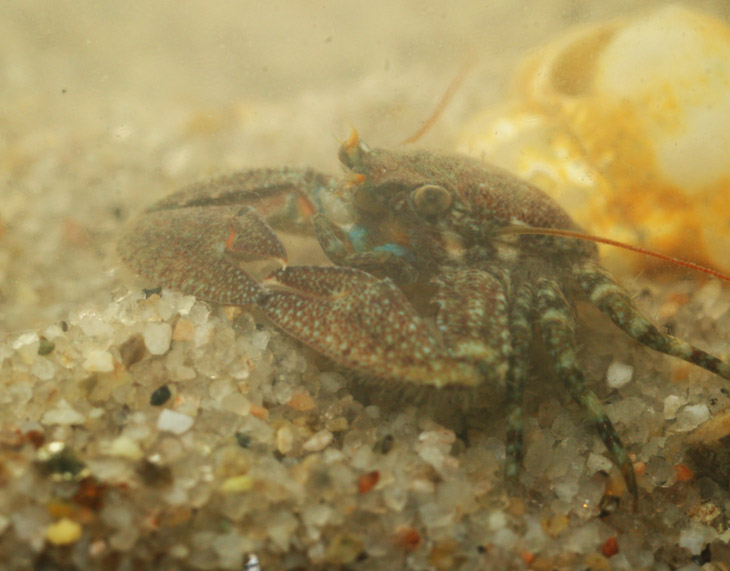
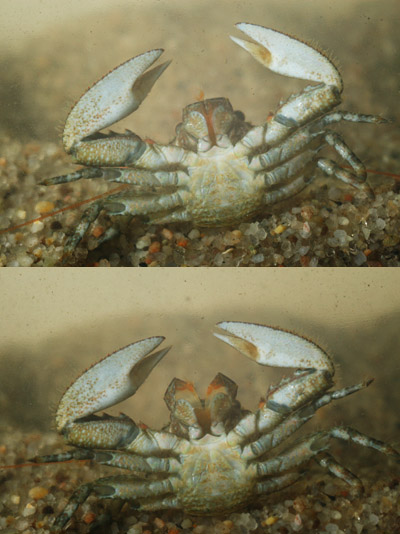 One of my captures was a porcelain crab (either Petrolisthes armatus or Porcellana sayana,) which I had only before seen in Florida, but I maintained several in the tank while I lived there. This trip, I was hampered by the brief time that I had and the shyness of the crab to pose near the glass, with the murkiness of the water contributing as well, producing a lot of obscuring glare and making me constantly reposition the flash unit for better effect – even then, this image has been tweaked for improved contrast. I came prepared, but getting better shots would still have required a lot more time and preparation. So it goes.
One of my captures was a porcelain crab (either Petrolisthes armatus or Porcellana sayana,) which I had only before seen in Florida, but I maintained several in the tank while I lived there. This trip, I was hampered by the brief time that I had and the shyness of the crab to pose near the glass, with the murkiness of the water contributing as well, producing a lot of obscuring glare and making me constantly reposition the flash unit for better effect – even then, this image has been tweaked for improved contrast. I came prepared, but getting better shots would still have required a lot more time and preparation. So it goes.
What I did manage to capture was the brief extension of its feeding appendages, folded in the top image and looking like two plates near its mouth, but starting to unfold in the lower image; go to that link above to see a video of the feeding seines in action, because it’s pretty cool.
Since we were at the beach there should be, you know, pictures of the beach, right? And I’m getting to that, but it even took me a bit while there. First off, Wilmington isn’t exactly a beach city, and the place we stayed at was about 20 minutes from the ocean, given traffic and all. We did a quick visit to the shore right after we arrived, but it was a typical touristy area with little to photograph. And for the two sunsets that we would have on this trip, we were nowhere near a scenic area at the times, and the first morning we simply didn’t get going before sunrise, even though I had scheduled an appropriate post ahead of time to appear then – like, right then, the time of sunrise for that day, because I do stupid things like that. I won’t announce trip plans here, partially because of just what happened, with the trip falling through and all that, but mostly because I won’t admit online that the house will be empty, or that I can be found at a specific area – you know, rabid fans. Anyway, I made it a point to get up and steal the car on our last morning there, knowing the ladies would sleep in for a bit longer.
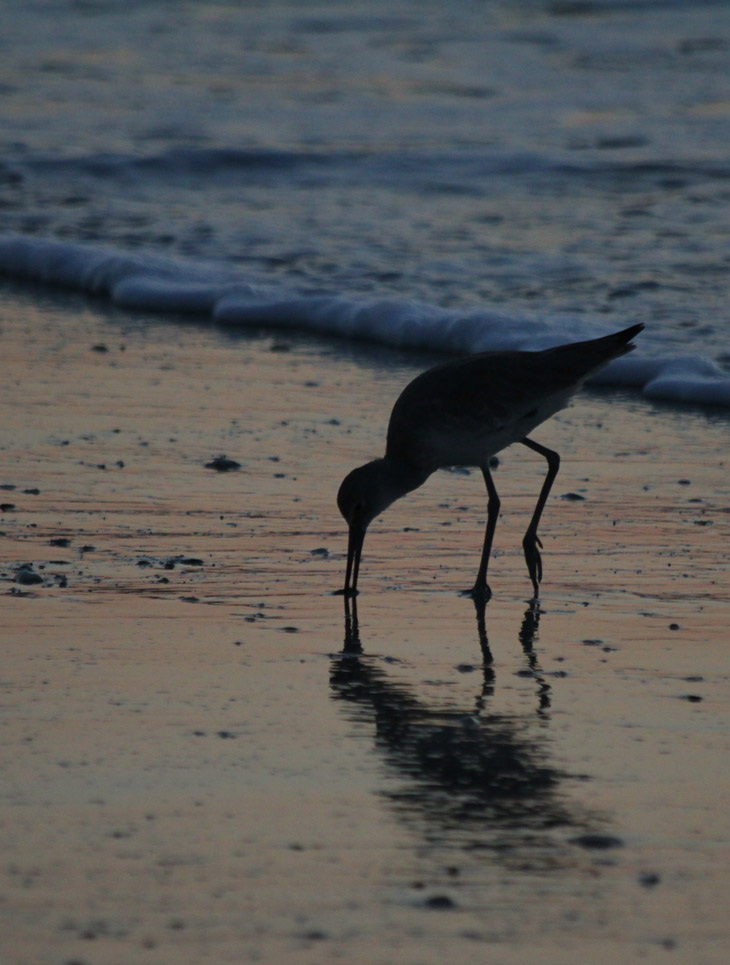
For this session I had two cameras, one on a tripod with the 17-85 lens for broader shots, and another handheld with the 100-300 L lens for details and wildlife. But I made a mistake with the image seen here: when shooting the sky and horizon, I had the exposure compensation darkened down a bit, underexposing to bring out the colors, but hadn’t switched it back to normal when this willet (Tringa semipalmata) was scurrying along the oscillating foam edge. Still, I consider it a nice moody piece.
I had decided to go straight to Wrightsville Beach pier to have something to work with in the frame, but this had its shortcomings too. The primary one being, this is where everyone goes, and before the colors had even come up very far, there were surfers getting into the shot, conveniently ignoring the “No surfing” zone because, you know, the waves were identical all along the entire fucking coastline, and pretty pathetic at that, the curlers getting about a meter in height. This is why I aim for areas where few people bother to go.
But anyway, as I waited, realizing that the sky wasn’t likely to do anything interesting that morning, I got a couple of frames that were curious in comparison.

First off, note the cloud line across the horizon, pretty much aligned with the top of the pier, while the water line and ‘true’ horizon runs at the bottom of the pilings. But the distinctive thing is the color difference. Taken just six minutes apart, no settings were changed between these two images; the only difference was the shutter speed, becoming shorter for the bottom image as the sky brightened. White balance was set for Full Sunlight (or, as the EXIF info has it, Manual, which is the same thing – no correction by the camera.) The color change came from the sky itself, as the sun reached a higher angle in relation to my position and had less atmosphere to pass through.
Astronomical sunset came and went without note, since the sun remained behind those clouds and had none higher than it could play color games with, but eventually it rose above them and peeked out, and I had a fishing boat to use at the time.

I was a bit too far down the beach to line the sun up with the pier, but at that point I wasn’t inclined to move, since the sky wasn’t going to do much and the surfers were already dicking around, so I kept it simple. I’ve said it many times before, with sunrise and sunset you work with what you get; often enough, you’re just counting on another day to be better.
I did, in fact, put the surfers in the frame, shot vertically now to get the reflection on the foreground water and sand.
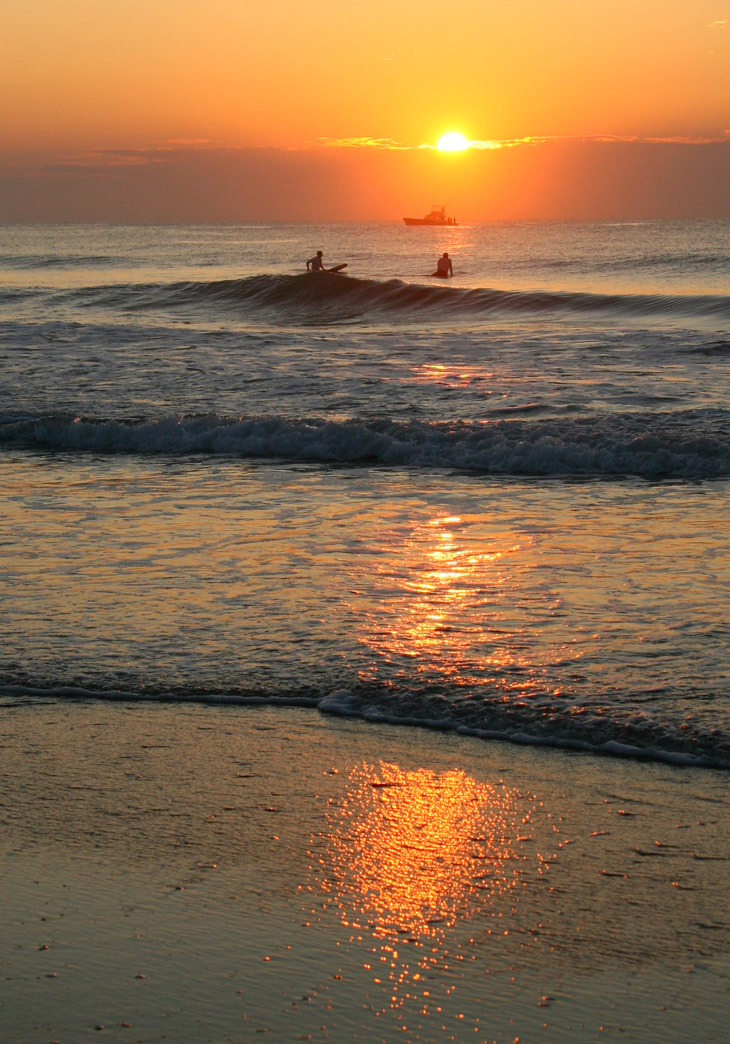
Yes, the boat was circling at that time, possibly because they’d found a promising region for fish, but possibly because someone with binoculars on the boat recognized me and they were trying to stay in my frame. You know how it goes.
And I leave you with my last frame from the trip, taken just a wee bit later as I strolled the beach for a couple of minutes before heading back to the motel. We still spent more time there, mostly touring the battleship USS North Carolina, which was interesting enough, but not my typical subject matter – you can ask The Girlfriend’s Sprog for pics, since she took a few hundred I believe.
It wasn’t what we’d been planning, but it was something, and served the purpose of breaking us away from work and the area for a bit.
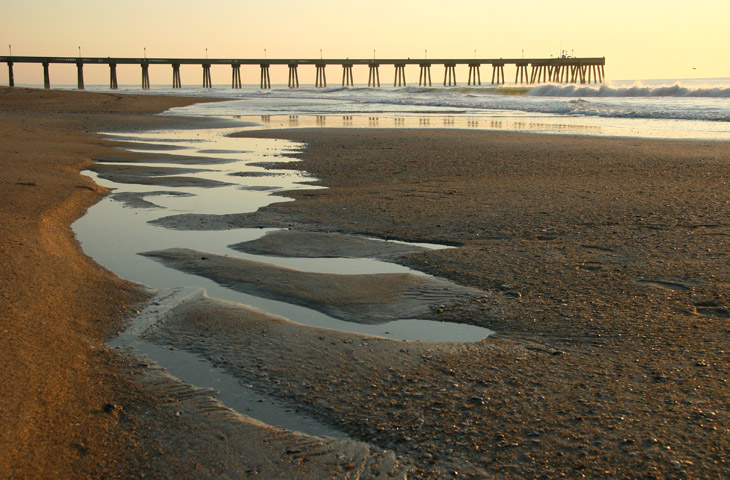

























































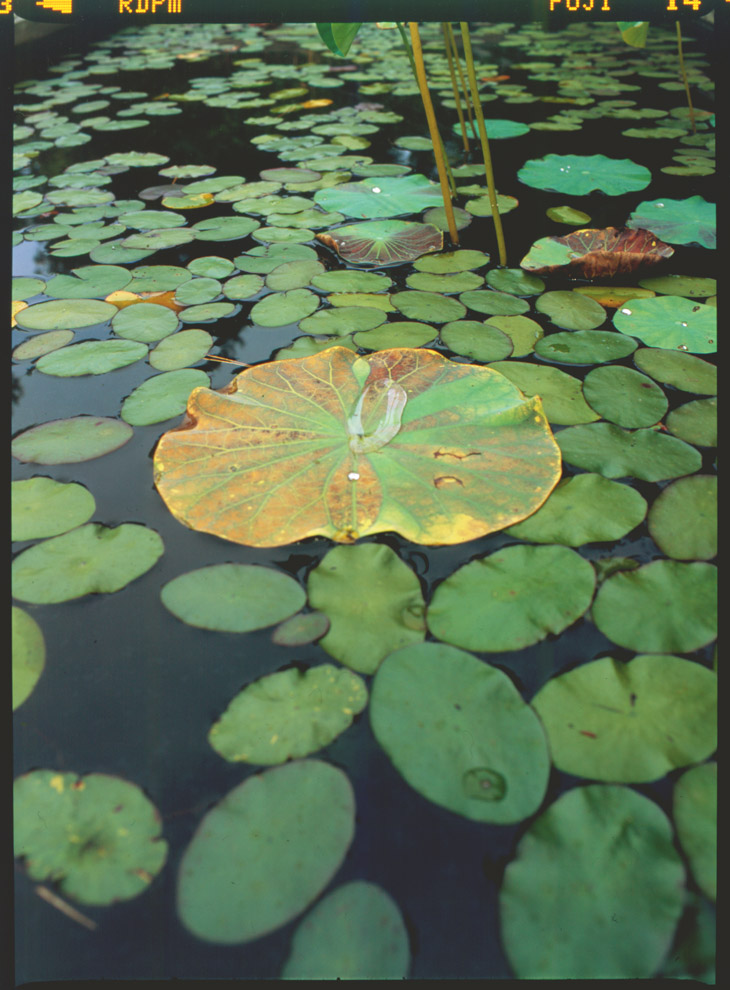
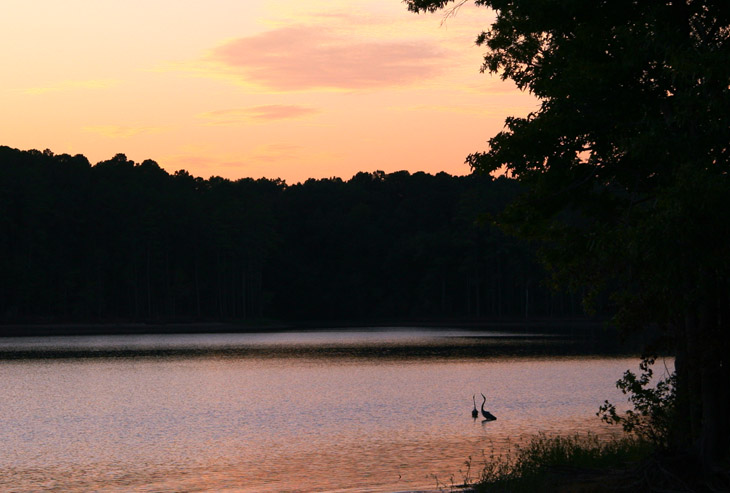
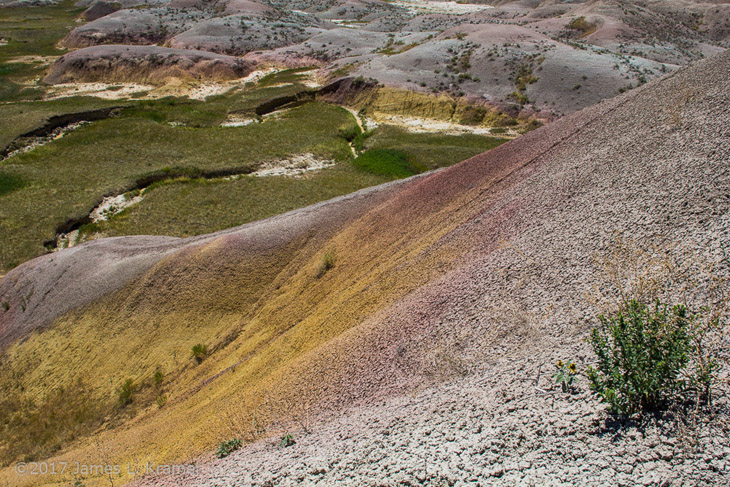

 The one goal that I had firmly in mind was a crab hunt. On a
The one goal that I had firmly in mind was a crab hunt. On a 






 One of my captures was a porcelain crab (either Petrolisthes armatus or Porcellana sayana,) which I had only before seen in Florida, but I maintained
One of my captures was a porcelain crab (either Petrolisthes armatus or Porcellana sayana,) which I had only before seen in Florida, but I maintained 





